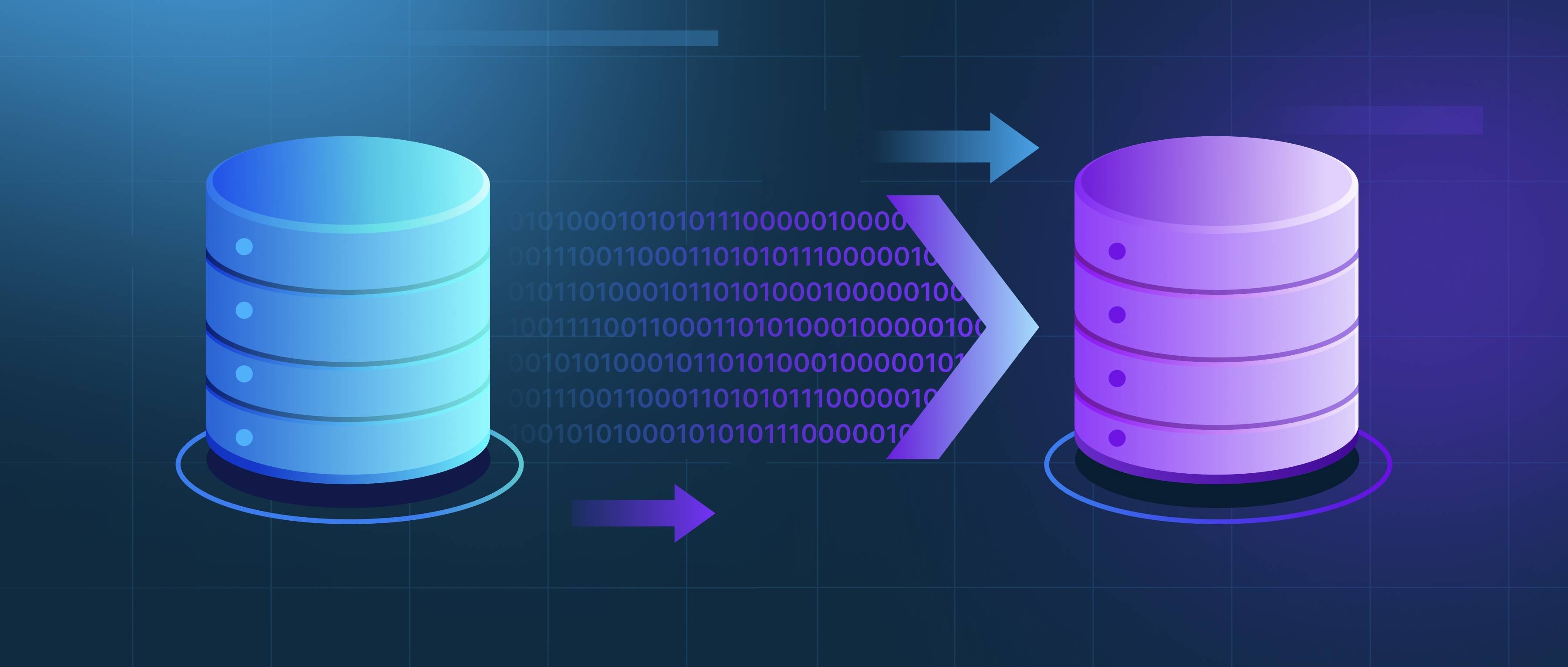Milvus operates as a full-fledged vector database by providing end-to-end management of vector data, going beyond the ANN search capabilities of libraries like FAISS. Unlike ANN libraries, which focus solely on search algorithms, Milvus handles data ingestion, storage, indexing, querying, and scalability in a unified system. It supports structured data alongside vectors, allowing users to combine metadata filtering with vector similarity searches. For example, you can store product images as vectors and associate them with metadata like price or category, then query for "similar products under $100" by combining vector search with attribute filters. Milvus also ensures data durability through persistent storage layers (e.g., object storage like S3) and provides ACID-compliant transactions for operations like insertions or deletions, ensuring consistency even in distributed setups.
For scalability, Milvus employs a distributed architecture that separates compute and storage. Data is partitioned into shards and distributed across nodes, enabling horizontal scaling to handle billions of vectors. It supports dynamic scaling by adding nodes to the cluster, with automatic load balancing to redistribute shards as the dataset grows. Milvus also optimizes resource usage with tiered storage: hot data (frequently accessed) resides in memory for low-latency queries, while cold data is offloaded to disk or cloud storage. For high availability, it uses replication across nodes, ensuring fault tolerance. For example, in a recommendation system, Milvus can scale to accommodate growing user interaction data while maintaining sub-second latency by distributing query workloads across multiple nodes.
Manageability features include built-in tools for monitoring, access control, and automated maintenance. The system provides dashboards for tracking query latency, throughput, and resource utilization, and integrates with Prometheus/Grafana for custom metrics. Role-based access control (RBAC) restricts data access, while data retention policies automate cleanup of expired records. Milvus simplifies index management by allowing users to create multiple indexes (e.g., IVF, HNSW) for the same dataset and switch between them at query time based on performance needs. It also supports rolling updates and versioning for schema changes, minimizing downtime during upgrades. For instance, a team managing a large-scale NLP application can monitor cluster health, enforce user permissions, and rebuild indexes in the background without interrupting query services.
